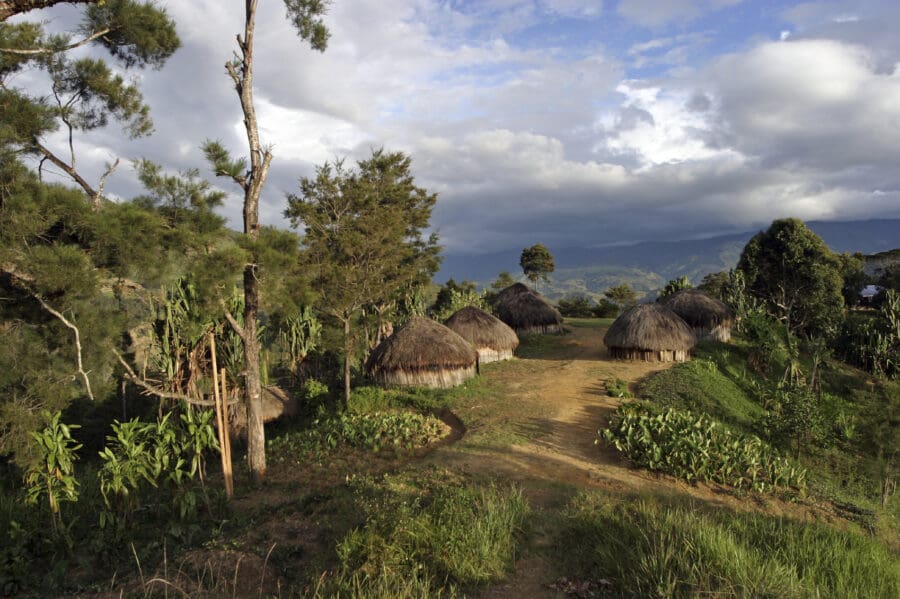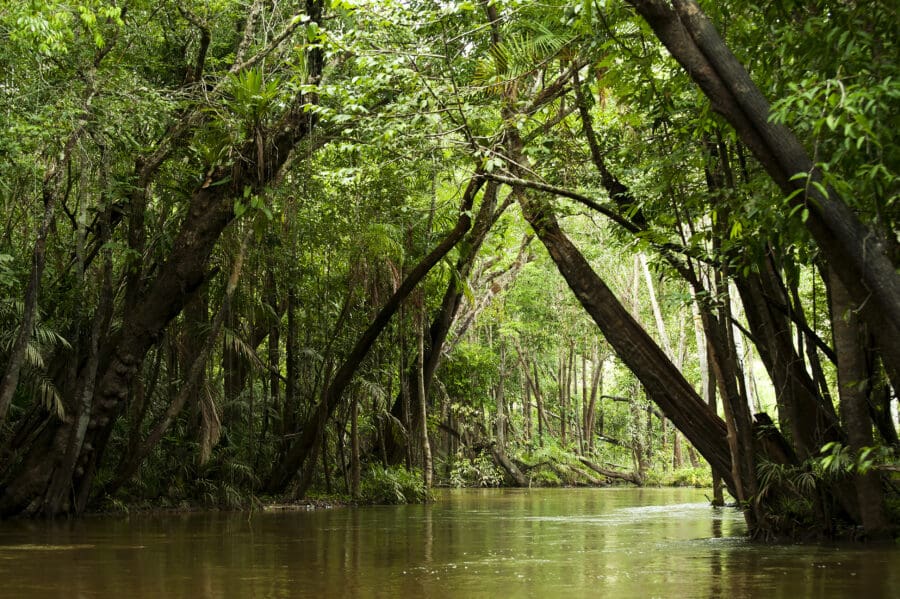A new study led by biologists at University of Amsterdam shows that the minimum land area requiring urgent conservation attention to safeguard Earth’s biodiversity is 64 million square km, equalling 44% of the planet’s terrestrial area.
The paper, published June 3 in the prestigious journal Science, has key policy implications for nations negotiating new conservation targets for 2030 under the umbrella of the United Nations. This post-2020 global biodiversity framework of the Convention on Biological Diversity will come into effect later this year and set the next conservation agenda for participating nations.
The paper also says 1.8 billion people live on the land identified and need to be treated as essential partners in conserving these lands, reaffirming the findings presented by the Rights and Resources Initiative (RRI)’s 2020 report on rights-based conservation.
Lead author James R. Allan from the University of Amsterdam (UvA) said, “Our study is the current best estimate of how much land we must conserve to stop the biodiversity crisis. It is essentially a conservation plan for the planet, and we must implement it quickly.”
Allan added that the researchers’ models show that over 1.3 million km2 – an area larger than South Africa – is likely to be converted for human uses by 2030, which would be devastating for the areas in question.
The research team used advanced geospatial algorithms to map the optimal areas for conserving terrestrial species and ecosystems across the world. It further used spatially explicit land-use scenarios to quantify the land at risk from human activities by 2030.
“Spatial conservation modelling and analyses are nothing new, however, rarely have they ever considered the human populations living within biodiverse spaces,” said Thomas Worsdell, a conservation scientist who co-authored this paper as well as the 2020 RRI analysis that informed it. “This omission has rendered rural populations invisible to the policy circles this genre of research aims to influence.”
Worsdell said the paper builds upon recent research that highlights that many people live in important biodiverse areas contain a wealth of Indigenous and local knowledge vital for place-based conservation efforts.
“This paper shows that traditional, fortress, forms of conservation are just not feasible on the scales necessary to mitigate the dual biodiversity and climate crises facing the planet,” he added.
There are many effective levers to achieve rights-based conservation, the authors say. They range from empowering Indigenous Peoples to policies that limit deforestation and to protected areas, depending on the local context.
“More than a decade ago, nations had aimed for conserving at least 17% of terrestrial land through protected areas and other site-based approaches to improve the status of biodiversity and ecosystems,” said co-author Dr W. Daniel Kissling, Associate Professor of Biodiversity at UvA. “However, by 2020 it was clear that this and the (failure) to achieve other targets was not enough for halting biodiversity declines and averting the biodiversity crisis.”
Importance to the “30 x 30” target
A headline target being discussed for 2030 is that nations should conserve 30% of their land through protected areas and other site-based approaches.
But the study suggests that additional areas will require conservation through appropriate land-use policies. Kissing points out that if nations are serious about safeguarding biodiversity and ecosystem services that underpin life on Earth, then they need to immediately scale-up their conservation efforts, not just in extent and intensity but also in effectiveness.
In that regard, the study provides essential information for conservation and development planning and can help guide future national and global conservation agendas. The authors also emphasized that all the identified land should not necessarily be designated as protected areas, but rather managed through a wide range of strategies for species and ecosystem conservation, including effective sustainable land-use policies.
Ultimately, the paper concludes that Western Science and Indigenous and local knowledge must be allies in the pursuit of a more sustainable world.
“Traditional institutions and governance systems must be galvanized if we are to succeed as a global community in living in harmony with nature collectively,” said Dr. Alain Frechette, who directs RRI’s strategic analysis and global engagement. “This paper is a small step towards that recognition.”






